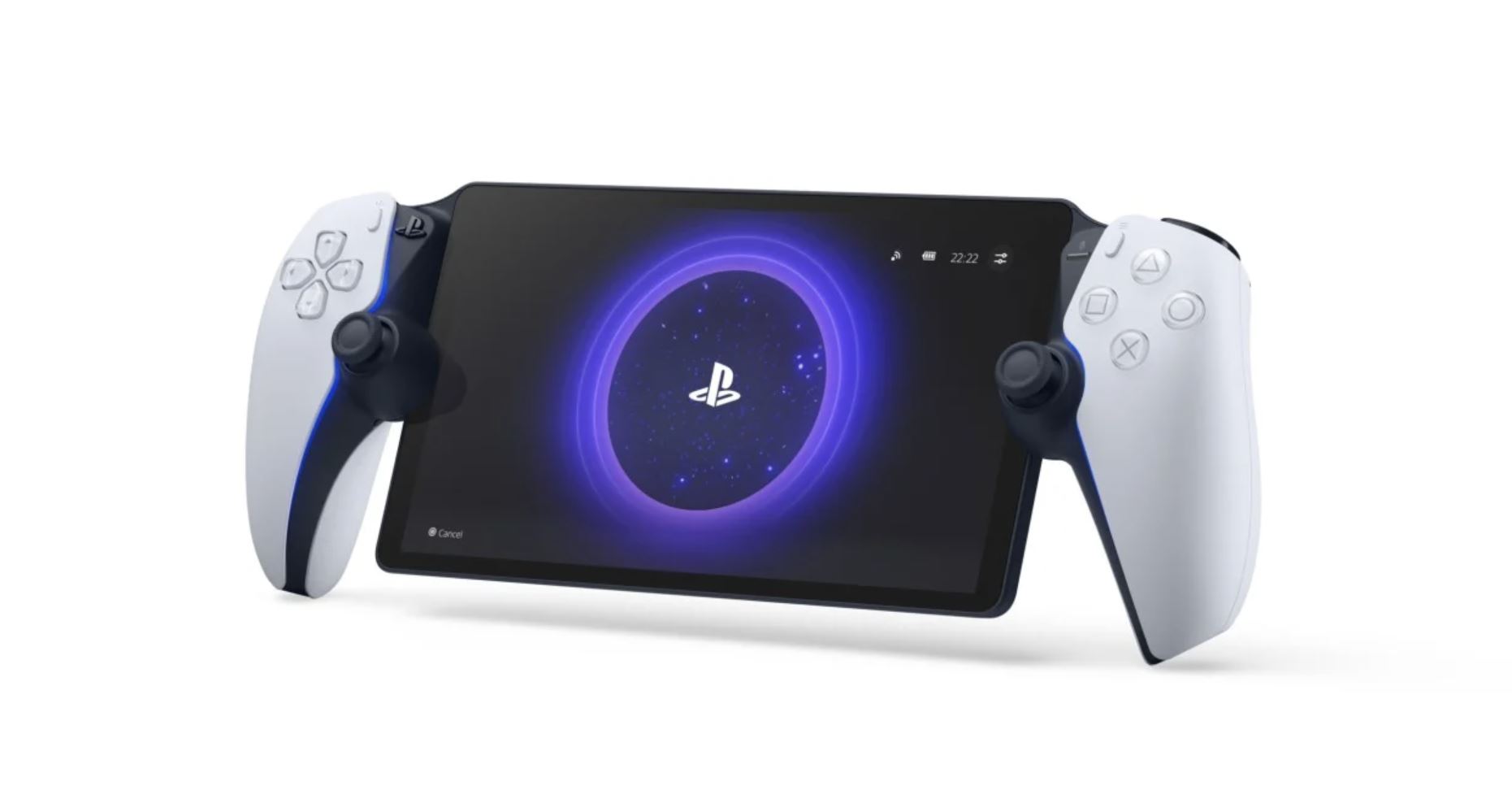
Industry analyst Mat Piscatella recently reported that Sony’s PlayStation Portal device was the highest-grossing video game accessory in February 2024. Although the Dual Sense Edge remains the best-selling accessory of 2024 in terms of total units sold, the PlayStation Portal continues to be a surprising success.
And I do mean surprising. There was not a lot of optimism surrounding the PlayStation Portal when it was released in November 2023. Many (ourselves included) were quick to criticize the device for its limited functionality and high ($200) price tag. It is, essentially, a Dual Sense controller with a built-in screen that allows you to play your PlayStation 5 over a WiFi connection. You can technically access it over a variety of WiFi connections, but in terms of optimal functionality, it is best thought of as an accessory that allows you to play your PlayStation 5 anywhere in your home.
Even Sony seems surprised that the PlayStation Portal is this popular. In an interview with Game File, PlayStation VP of Product Management Hiromi Wakai stated that the company actually expected the mixed fan reaction to the device but that the demand for the accessory has “exceeded our expectations.”
The PlayStation Portal’s success may be surprising, but it’s becoming impossible to ignore. In fact, the PlayStation Portal may be the clearest proof yet that handheld devices are the future of console gaming.
I know some of you are already shouting “Nintendo Switch!” at the top of your lungs, and you are right to do so. Nintendo’s hybrid handheld will go down as one of the most successful video game consoles ever. Among other things, it showed just how much people wanted to take their favorite video game console (and favorite console video games) with them wherever they went.
Again, though, that’s not what the PlayStation Portal is. Not exactly. Though the device is technically capable of functioning over various WiFi connections, it is essentially a $200 way to play your PlayStation 5 at home without needing to use the screen your PlayStation 5 is hooked up to. You could also consider it the best way to utilize the PlayStation 5’s already limited Remote Play features. If anything, it’s closer to the notoriously failed Wii U than the robust Nintendo Switch in terms of its remote capabilities.
That is the most important comparison in this instance, though. There are times when the unexpected success of something seemingly plain is a better indicator of changing tides than the success of a masterpiece.
The fact that the PlayStation Portal is rapidly exceeding the sales expectations the Wii U once failed to meet reveals just how much people have grown to crave the ability to experience most of the benefits of their console without having to be tied to their TV. Yes, cloud technology has offered that option for quite some time now, but it seems that people prefer using a slightly more traditional piece of handheld gaming hardware than simply streaming such experiences to their mobile devices.
Some prefer the feel handheld format, some don’t want to monopolize the largest screen in their homes, and others just want to be able to play such games in the bedroom or bathroom (no judgment here) via a premium gaming device. That’s an idea that Nintendo tried to bet on years ago before they realized they needed to think bigger. The PlayStation Portal is showing that a growing number of people are now apparently happy with settling for a lesser version of that concept so long as they have that handheld option.
Mind you, there are a couple of unanswered (and perhaps unanswerable) questions that could complicate the prospects of this seemingly emerging trend.
For instance, you could argue that the bulk of people who wanted to buy a PlayStation Portal may have already bought one (or intend to do so soon). It’s not yet clear what this device’s word-of-mouth power is over the long term. Sony was surprised at how many people wanted a device like this, but we don’t yet know if those still on the fence will eventually be persuaded by the Portal in its current form.
For that matter, there’s a reasonable chance that the confusion over the PlayStation Portal’s functionality resulted in slightly higher early sales. There’s also always quite a bit of hype surrounding most modern tech devices shortly after their launches, especially from scalpers who try to capitalize on potential “must-have” new releases by artificially inflating their perceived demand.
Furthermore, it’s not clear if Sony would be willing to invest in an expanded version of the Portal or what the timetable for the production of such a device may realistically be. A PlayStation 5 version of the Switch would certainly be even more successful than the Portal, but is that even a realistic option given what Sony’s PlayStation 6 plans might be at this time? It’s impossible to say for sure based on what we know now. Even PlayStation’s top people may not yet have a clear answer to that question.
Yet, it certainly feels like things are changing. At a time when some notable industry figures are asking if we’re nearing the end of traditional video game consoles, companies are finding a lucrative non-tradition alternative in these handheld expansions of existing hardware. Nintendo has the Switch, Valve has been printing money with Steam Deck, PlayStation Portal is exceeding expectations with a lesser version of that concept, and even Xbox representatives recently said they want to get in on the handheld scene in a bigger way.
Every year brings more evidence that the future of console gaming involves handheld devices. The question is, “How far can gaming’s biggest manufacturers continue to push that concept?”
The post PlayStation Portal’s Sales Show Why Handhelds Are the Future of Console Gaming appeared first on Den of Geek.




